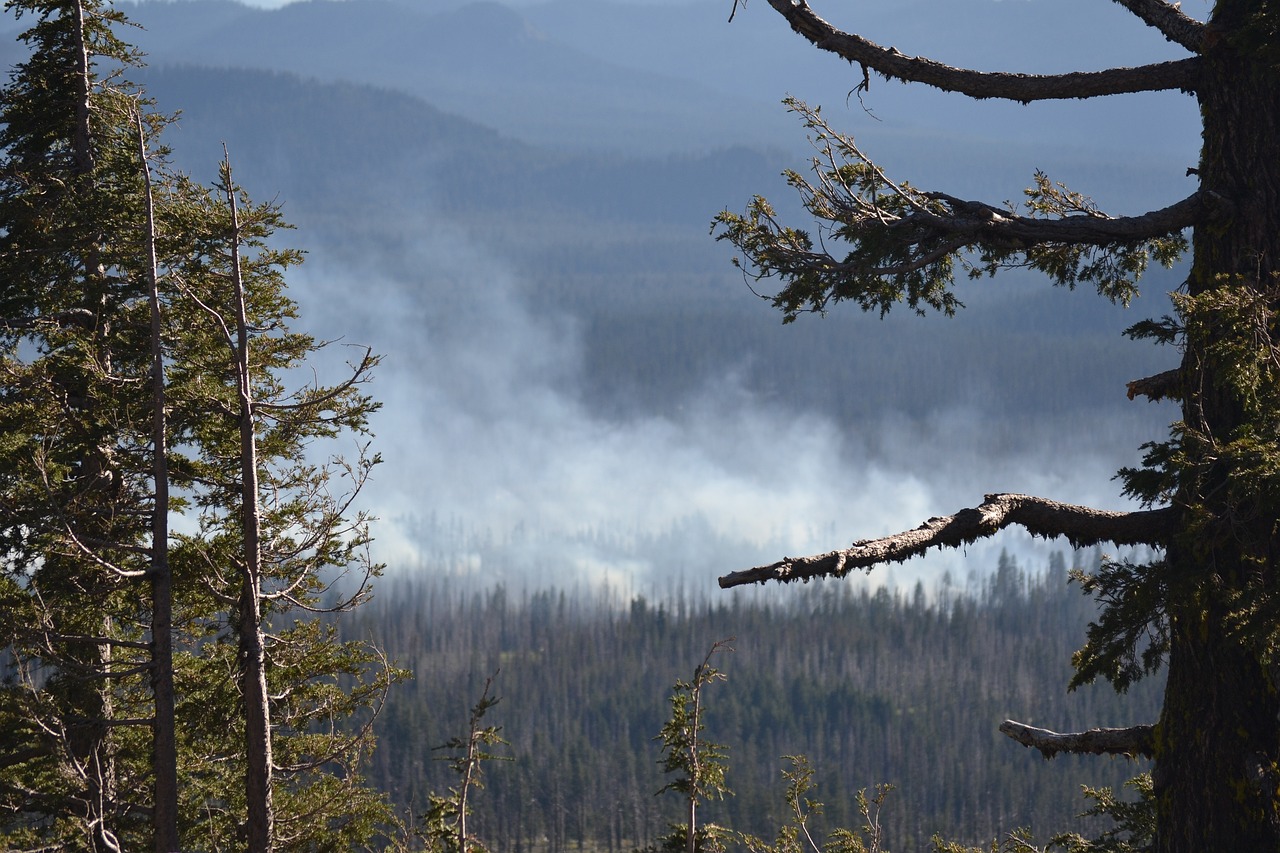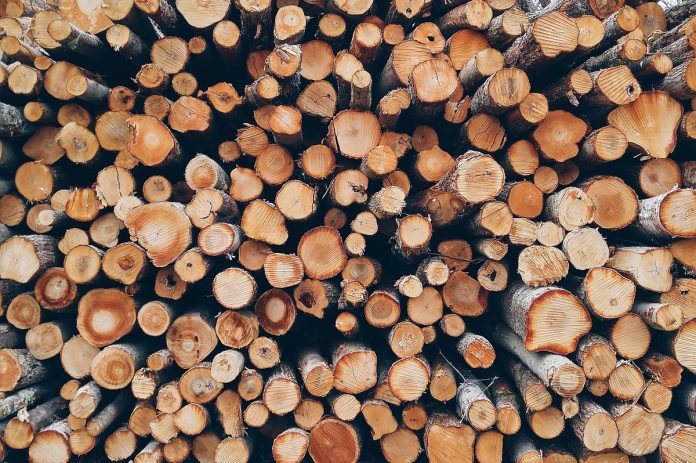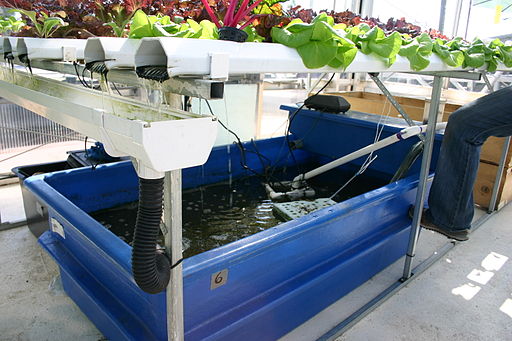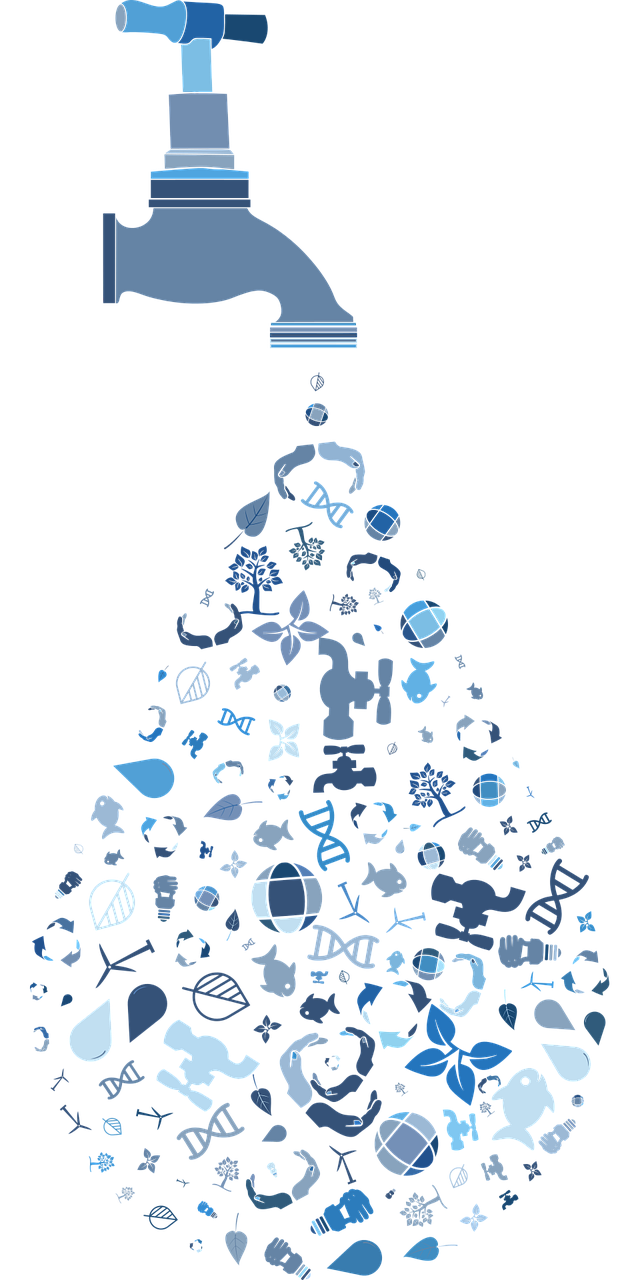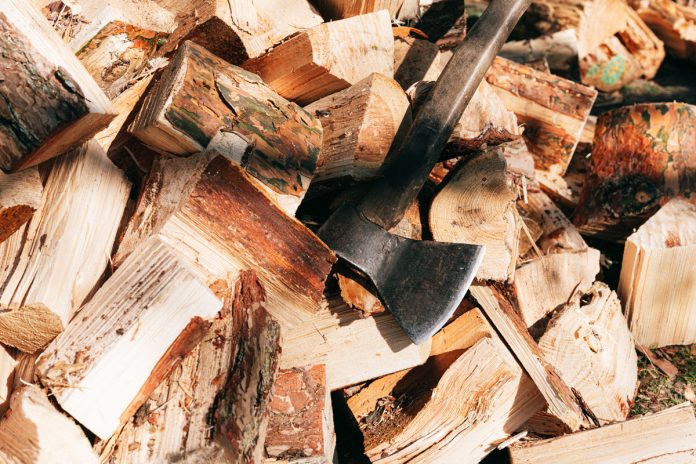No Electricity for Weeks – What Would You Do?

My son and I have been watching the Little House on the Prairie series on DVD.
If you’re not familiar with this icon of 1970s North American television, it’s the story of a pioneer family in Walnut Grove, a tiny town in Minnesota in the late 1800s. We’ve watched them battle blizzards and crop failures, economic downturns and pandemics. And through it all, there’s something staring the viewer in the face – there was a world before electricity. And a big, rich one at that. People were resilient – they knew how to look after themselves, and bounced back from calamity.
Of course, most of us find that life hard to imagine. The ‘electrification’ of North America fundamentally changed our society, family life, and the way we live. Whether that was for better or worse is a topic for another time.
So imagine for a moment what it would be like to be without power at your home for a week, two weeks, a month, 6 months.
Now, I’m no fear monger or doomsday-ist… doomsday-er? (is that even a word?). Nor do I identify with the ‘survivalist’ camp. Far from it. I believe that the massive changes we’re currently experiencing across the planet will lead to a brilliant transformed society once we come out the other side, but that there will be some growing pains during the transition. It’s those pain points where we can really make a difference by being prepared. Extended
Power Outages Aren’t Fiction
Personally, I’ve never been through a power outage that lasted more than 2 or 3 days (at most). I find it hard to image what an extended outage would look like. But it we think it’s an impossibility, we’re sadly mistaken. Just ask anyone who has been through one, during war or disaster, and they’ll tell you all about it.
So what could cause a power loss for longer than a few days?
- Natural Disaster – You don’t have to look far to find a lot of those the last few years. Floods, fires, earthquakes, tsunamis… all can disrupt electrical systems over wide areas for long periods of time. Even if you’re not in the directly affected area, these events can really wreak havoc.
- Weather Extremes – These are become more common as well, as the climate shifts and changes. Heatwaves can cause excess demand on fragile, antiquated power grids, as well as the conditions we saw across so much of the northern hemisphere in the summer of 2010 (and summers before that) that created massive wildfires, knocking out power over vast regions. And cold weather has the same effect on demand, with the added threat of freezing to death without adequate warmth should an ice storm or some other extreme event shut down power stations and distribution lines.
- Solar Activity – Here’s where you might think I’ve gone a bit ‘woo-woo’, but I’ve read many express concern that the next solar maximum is going to be a doozy, and there is potential for fragile power grids to be completely knocked out of service. For months. I don’t know much (OK, anything, really) about how the sun’s activity affects electrical systems here on earth, but I’m thinking NASA does. And they’re concerned (NASA space weather link). They’ve even got a map of the US posted that shows the areas that could be most affected due to the way the grids are constructed. Bottom line: we can’t do anything about this one but get ready.
What Would a Long-Term Outage Look Like?
So say the worst happens and we get bombarded by a super solar storm and the electrical grid goes down just like in that map (or even parts of that map), for weeks on end.
What would you do?
For the majority of people living in ‘modern’ (read ‘electricity dependent’) communities, it would look something like this:
- You couldn’t get money from a bank.
- Hospitals would likely be unable to operate at normal levels (or some, even any level – they have back-up power systems, but those usually rely on fossil fuels, which might not be available if the electrical systems that run the pumps and distribution system fail).
- Commerce as we know it would essentially cease – it would be virtually impossible to buy anything, anywhere.
- You’d have no hot water.
- You’d have no heat.
- You couldn’t fill your car with fuel.
- Most transportation would cease.
- There would be no internet, no DVDs, no movies.
- In a mass failure, it would be unlikely you could use your cell phone.
- You’d be unable to refill critical prescriptions.
- You couldn’t cook your food (But ‘my range is gas’, you say? As far as I understand, it’s all distributed through electrically managed systems).
- You couldn’t go to hospital to take care of any injuries.
- You’d have no refrigeration for your food.
- Depending on where you live, you might have no running water.
- Your plumbing systems might not work.
- and the list goes on..
It’s actually pretty frightening when you get past denial and let your brain go there.
In all honestly, it used to completely freak me out. And obviously it’s freaked a lot of other people out too, because in the last couple of years there’s been an explosion of websites dealing with ‘prepping’ and emergency supplies. At first I thought it was all the crazy 2012 paranoia, but the more I’ve educated myself, the more I realize that the possibility of a massive power failure isn’t so crazy. Especially from the perspective of solar activity and natural disaster.
OK – Now What?
So what’s a person to do?
Start small, and build from there.
Sit down and make a list of how your life would be affected should such an event occur. Buy some emergency supplies. Plan for cooking and warmth. Learn how to grow sprouts. Upgrade your first aid training. Buy a bike and trailer. Get to know your neighbours.
Most of all, do not go to a place of fear. There’s nothing to be afraid of if you take the steps now to get organized. Educate yourself, but I recommend you avoid the fear-mongering, conspiracy-theorizing websites – there are a lot of them and frankly, I think they do more harm than help… but that’s just my opinion.
My goal is to have us all empowered and feeling good about our knowledge and skills. Comfortable with living without electricity. Confident we can not just survive, but thrive should the worst happen. Bottom line: the more each of us are prepared, the less chaotic any major electrical grid event will be.
And really, what’s the harm in being prepared, just in case?
Worst case: You are able to look after your family during an extended emergency, helping them stay comfortable and most of all, safe.
Best case: (Which I’m hoping for!) you have a tonne of great camping food and will be all cozy when the next snow storm takes out power to your house.
I can’t really find a down side. Can you?
Funny thing is, in the days depicted on Little House on the Prairie, a doozy of a solar maximum would have probably had no effect whatsoever.
Interesting, isn’t it?
Victoria Gazeley is a designer and communications professional living in an 80-plus year old restored log cabin homestead on a 6 acre rural property in coastal British Columbia, Canada. She created her website, modernhomesteading.ca, for anyone thinking of moving from an urban area to a rural lifestyle, and doesn’t want to give up the stylishness and modern conveniences that make urban living so fabulous. From urban rush to rural homestead… with style!
Photo. Keerati


